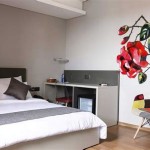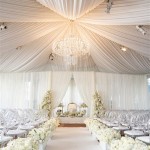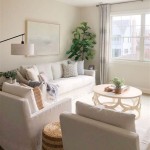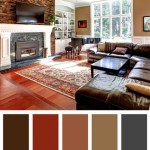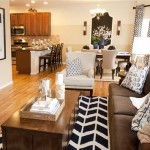How We Decorate Your Living Room
Decorating a living room involves a multifaceted approach, considering the space's function, desired aesthetic, and the client's lifestyle. A successful living room design creates a harmonious blend of form and function, resulting in a comfortable and visually appealing space.
The initial step involves a thorough consultation to understand the client's vision. Designers gather information about preferred styles, color palettes, functional requirements, and budget constraints. This information forms the foundation of the design plan.
Space planning is crucial for maximizing functionality and flow. Designers analyze the room's dimensions, architectural features, and natural light sources. Furniture placement is strategically planned to create distinct zones for conversation, relaxation, and entertainment, ensuring optimal traffic flow.
The selection of furniture pieces is guided by the established design plan. Designers consider the room's scale and proportion when choosing sofas, armchairs, coffee tables, and other essential furnishings. The furniture's style, material, and finish contribute to the overall aesthetic.
Color palettes play a significant role in setting the room's mood and ambiance. Designers carefully select paint colors, fabrics, and accessories that complement the chosen style and create a cohesive look. The interplay of light and shadow is also considered to enhance the color scheme's impact.
Textiles introduce texture, pattern, and warmth to the living room. Designers incorporate rugs, curtains, throw pillows, and blankets to add layers of visual interest and create a cozy atmosphere. The choice of fabrics and patterns depends on the desired style and level of formality.
Lighting is essential for both functionality and aesthetics. Designers incorporate a layered lighting approach using ambient, task, and accent lighting to create a well-lit and inviting space. Different light sources are strategically placed to highlight architectural features and artwork.
Accessories are the finishing touches that personalize the living room. Designers carefully curate artwork, decorative objects, plants, and other accessories to enhance the room's character and reflect the client's personality. These elements add visual interest and create a sense of completeness.
Wall treatments contribute to the overall aesthetic and can significantly impact the room's atmosphere. Designers consider paint colors, wallpaper patterns, and textured finishes to create visual interest and enhance the room's style. The choice of wall treatment depends on the desired mood and aesthetic.
Window treatments provide privacy, control natural light, and add a decorative element to the room. Designers select curtains, blinds, or shades that complement the room's style and functional requirements. The choice of fabric, color, and pattern contributes to the overall aesthetic.
Flooring choices are made based on durability, aesthetics, and the client's lifestyle. Designers consider various options, including hardwood, carpet, tile, and laminate, to create a functional and visually appealing floor surface. The flooring material chosen complements the overall design scheme.
The integration of technology is becoming increasingly important in modern living rooms. Designers incorporate smart home features, entertainment systems, and other technological elements seamlessly into the design, ensuring functionality and convenience.
Budget management is a crucial aspect of the decoration process. Designers work closely with clients to establish a realistic budget and ensure that all design choices align with the allocated funds. Careful planning and resource allocation are essential for successful project completion.
Project timelines are established to ensure timely completion of the decoration process. Designers create a detailed schedule outlining each phase of the project, from initial consultation to final installation. Regular communication with the client ensures that the project stays on track.
Installation and styling are the final stages of the decoration process. Designers oversee the installation of furniture, lighting fixtures, and accessories, ensuring that every element is placed according to the design plan. The room is then styled to create a cohesive and visually appealing final look.
Quality control is maintained throughout the entire decoration process. Designers meticulously inspect every detail to ensure that the highest standards of craftsmanship and quality are met. Regular communication with the client ensures that any concerns are addressed promptly.
Post-decoration follow-up is essential to ensure client satisfaction. Designers schedule a follow-up meeting to address any questions or concerns the client may have. This final step ensures that the client is completely satisfied with the finished living room.

Small Living Room Ideas Decorating Tips Coastwood Furniture

Living Room Decor Ideas Inspiration Next

15 Living Room Organization Tips We Swear By Décor Aid

3 Spring Living Room Decor Tips To Transform Your Space In Minutes Joanna Anastasia

Living Large In A Small House How To Decorate Your Space With Vintage

25 Living Room Interior Design Ideas Havenly

How To Style Your Lounge Room Keekï

House Home How To Decorate In Your 20s 30s 40s And Beyond

16 Things We Love From For A Living Room Makeover Iq Design
/s3.amazonaws.com/static.havenly.com/assets/57474744-6a9d-4048-9e6a-2238feb38344?strip=all)
25 Living Room Interior Design Ideas Havenly
Related Posts
